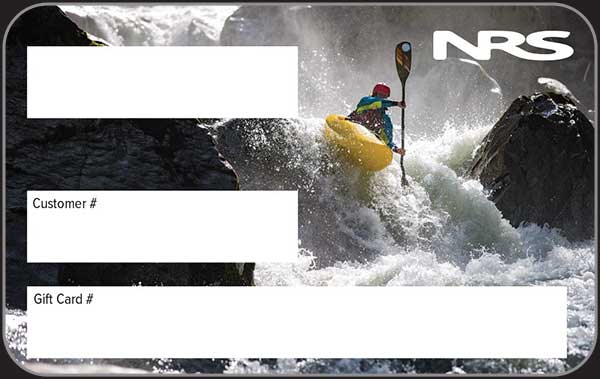Rescue Film Series: Ep. 4: Throw Bag Techniques
Due to your cookie choices, we cannot show you this content. Adjust your settings?
The throw bag is essential safety gear for every whitewater boater. It allows you to rescue a swimmer from the safety of the shore. NRS Ambassador Jim Coffey covers throw bag techniques including throwing, how to select a spot to safely bring the swimmer to shore, how to brace so you don’t get pulled into the water, and how to catch and hold the rope if you’re the swimmer. And by all means, it’s important to practice these techniques!
From our lawyers: The series is a supplement to, not a substitute for, hands-on training classes.
A good throw bag is strong, with low-stretch floating rope, and is durable for use in any rescue situation. Check yours periodically for wear-and-tear and dry the rope between trips.
The video demonstrates different types of throws: the underhand, overhand and butterfly throws. In addition to a single butterfly throw, you can make two butterfly coils and rescue two swimmers with the same rope.
Make the toss over and through the swimmer so they can easily grab the rope. If conditions allow, get their attention with a shout or whistle. Pick a spot for the throw where you can safely pendulum them into shore.
Make butterfly coils by holding the rest of the rope between your two middle fingers and make coils of rope, approximately 1.5 feet, on either side of your hand.
Pick a place for the toss where you can anchor yourself if there’s a lot of force on the rope. You can do this by sitting down and bracing your feet. You can also do a dynamic belay, by both walking downstream and up away from the bank, taking strain off yourself and the swimmer. And it’s good to have some extra rope in hand, allowing you pay it out to lessen strain on you and the swimmer.
It’s also important to know how to catch the rope if you’re the swimmer. Grasp it in the hand closest to the center of the stream, place it over that shoulder and let the force of the water assist in pushing you to shore. And as always, never stand until you’re in very shallow, or calm, water.
Throw bagging is an essential rescue skill and the only way you can get good at it is to practice, practice, practice!
 NRS Gift Card: Always Fits, Always Wanted
NRS Gift Card: Always Fits, Always Wanted




